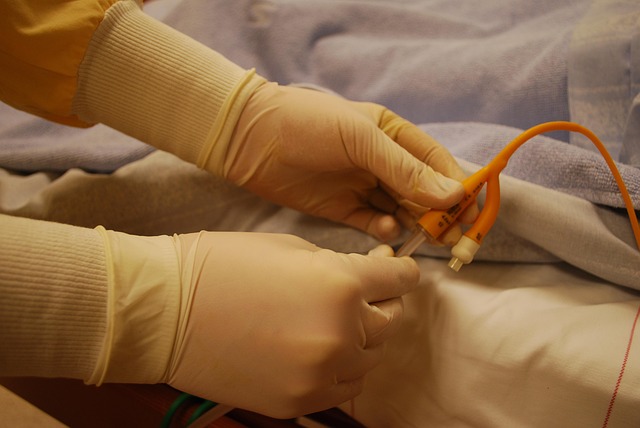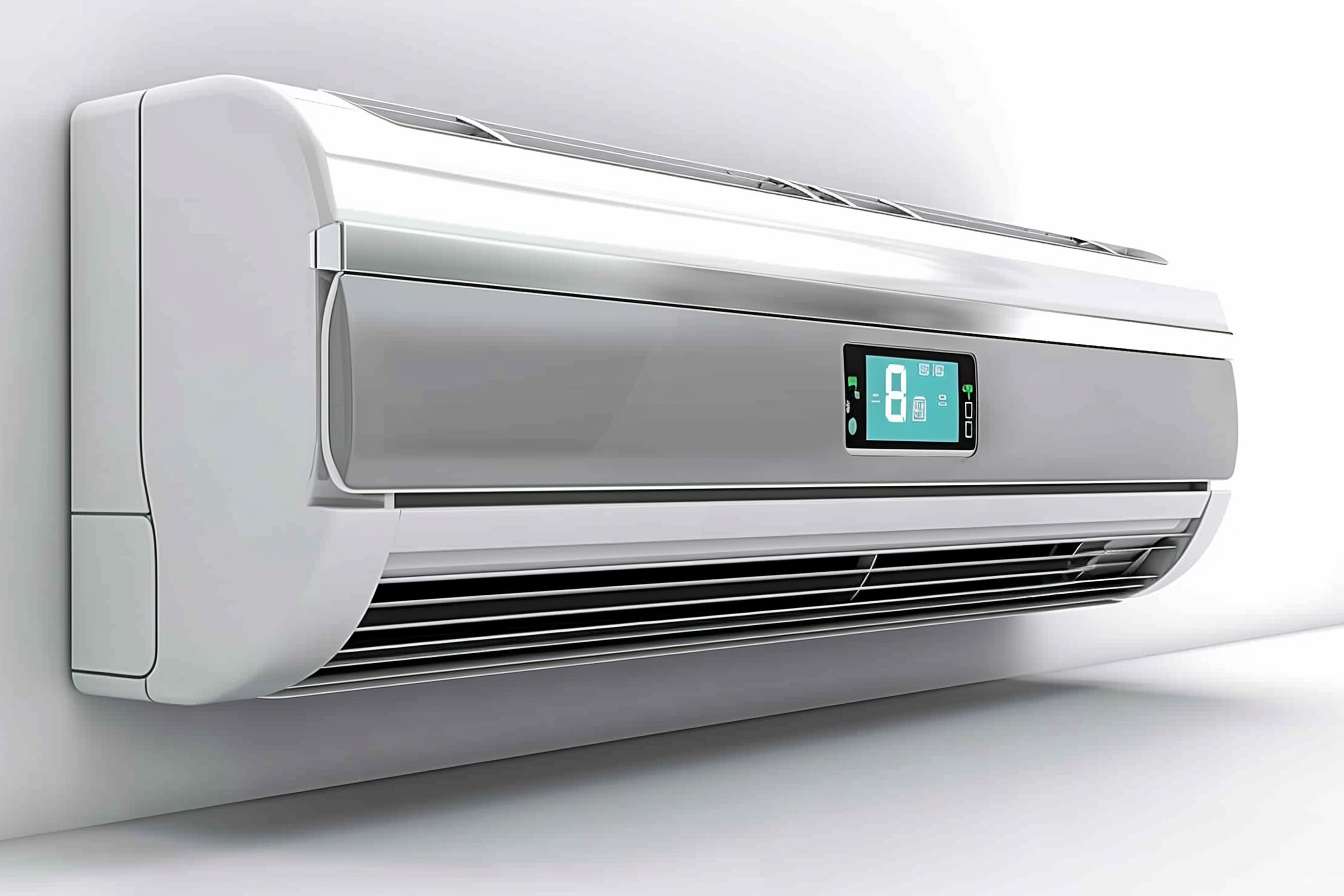Understanding Heart Disease Treatment: A Comprehensive Guide
Heart disease remains a leading cause of death worldwide, affecting millions of individuals each year. Effective treatment is crucial for managing this condition and improving patient outcomes. This comprehensive guide explores various aspects of heart disease treatment, focusing on key symptoms, emergency care, and available treatment options.

-
Pain or discomfort radiating to the arms, back, neck, jaw, or stomach
-
Shortness of breath, with or without chest pain
-
Cold sweats
-
Nausea or vomiting
-
Lightheadedness or dizziness
It’s important to note that heart attack symptoms can vary between individuals, and some people may experience only mild discomfort. Women, in particular, are more likely to experience atypical symptoms such as fatigue, shortness of breath, or nausea without chest pain.
How is chest pain assessed in heart disease?
Chest pain is a common symptom of heart disease and requires thorough evaluation. When assessing chest pain, healthcare providers consider several factors:
-
Characteristics of the pain: Is it sharp, dull, burning, or crushing?
-
Location and radiation: Where is the pain centered, and does it spread to other areas?
-
Duration and frequency: How long does the pain last, and how often does it occur?
-
Triggers and relieving factors: What activities or positions worsen or alleviate the pain?
-
Associated symptoms: Are there other symptoms like shortness of breath or nausea?
Diagnostic tests such as electrocardiograms (ECGs), blood tests for cardiac enzymes, stress tests, and imaging studies may be performed to determine the cause of chest pain and assess the extent of heart disease.
What role does fatigue play in heart disease?
Fatigue is a common but often overlooked symptom of heart disease. When the heart is not functioning optimally, it struggles to pump blood effectively throughout the body. This can lead to reduced oxygen supply to tissues and organs, resulting in persistent tiredness and weakness.
Fatigue associated with heart disease may manifest as:
-
Unusual tiredness during routine activities
-
Feeling exhausted even after a full night’s sleep
-
Decreased energy levels and motivation
-
Difficulty concentrating or completing tasks
It’s important to note that fatigue can be caused by various factors, not just heart disease. However, if you experience unexplained, persistent fatigue along with other cardiac symptoms, it’s crucial to consult a healthcare provider for proper evaluation.
Why is shortness of breath a concern in heart disease?
Shortness of breath, or dyspnea, is a significant symptom in heart disease that should not be ignored. It occurs when the heart’s ability to pump blood efficiently is compromised, leading to fluid buildup in the lungs or reduced oxygen supply to tissues.
Shortness of breath in heart disease may present as:
-
Difficulty breathing during physical activity
-
Breathlessness while lying flat (orthopnea)
-
Sudden awakening at night due to breathing difficulties (paroxysmal nocturnal dyspnea)
-
Persistent coughing or wheezing
If you experience unexplained shortness of breath, especially if it’s accompanied by other cardiac symptoms, seek medical attention promptly. Early diagnosis and treatment can prevent complications and improve overall heart function.
How to respond to a heart-related medical emergency?
Recognizing and responding quickly to a heart-related medical emergency can be life-saving. If you suspect someone is experiencing a heart attack or other cardiac event:
-
Call emergency services immediately (911 in the United States)
-
Help the person sit or lie down in a comfortable position
-
Loosen any tight clothing around their neck and chest
-
If the person is conscious and not allergic, give them aspirin to chew (if available)
-
If the person becomes unresponsive and stops breathing, begin CPR if trained
-
If an automated external defibrillator (AED) is available, use it following the instructions
Remember, every minute counts in a cardiac emergency. Quick action and early medical intervention can significantly improve outcomes and reduce the risk of long-term complications.
What are the main approaches to heart disease treatment?
Heart disease treatment is multifaceted and tailored to each patient’s specific condition and needs. The main approaches include:
-
Lifestyle modifications: Adopting a heart-healthy diet, regular exercise, stress management, and smoking cessation.
-
Medications: Various drugs may be prescribed to manage symptoms, reduce risk factors, and improve heart function. These may include:
-
Antiplatelet agents (e.g., aspirin)
-
Statins to lower cholesterol
-
Beta-blockers to regulate heart rate
-
ACE inhibitors or ARBs to manage blood pressure
-
Anticoagulants for those at risk of blood clots
-
-
Interventional procedures: Minimally invasive techniques such as angioplasty and stenting to open blocked arteries.
-
Surgery: In some cases, surgical interventions like coronary artery bypass grafting (CABG) or valve repair/replacement may be necessary.
-
Cardiac rehabilitation: Structured programs combining exercise, education, and counseling to help patients recover and prevent future cardiac events.
-
Implantable devices: For certain conditions, devices like pacemakers or implantable cardioverter-defibrillators (ICDs) may be recommended.
The specific treatment plan depends on the type and severity of heart disease, as well as individual patient factors. Regular follow-ups and ongoing management are essential for optimal outcomes in heart disease treatment.
This article is for informational purposes only and should not be considered medical advice. Please consult a qualified healthcare professional for personalized guidance and treatment.






